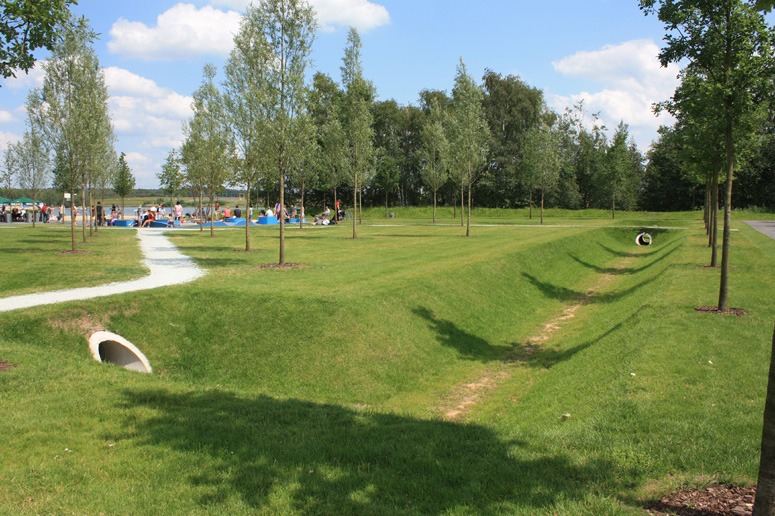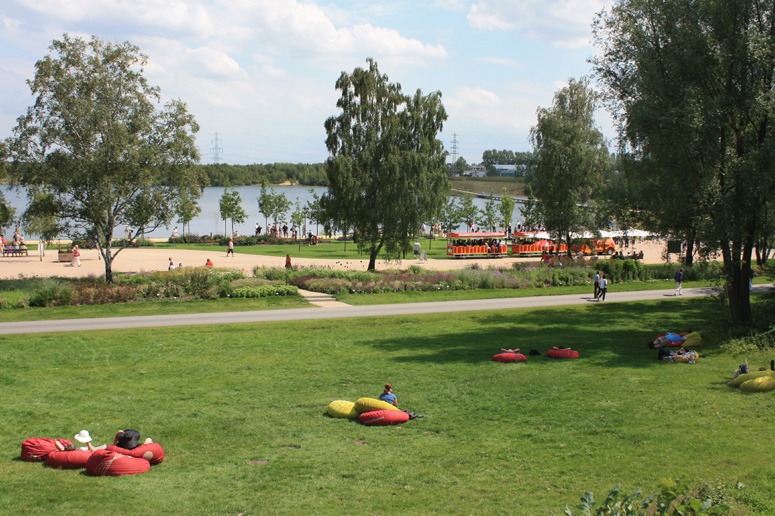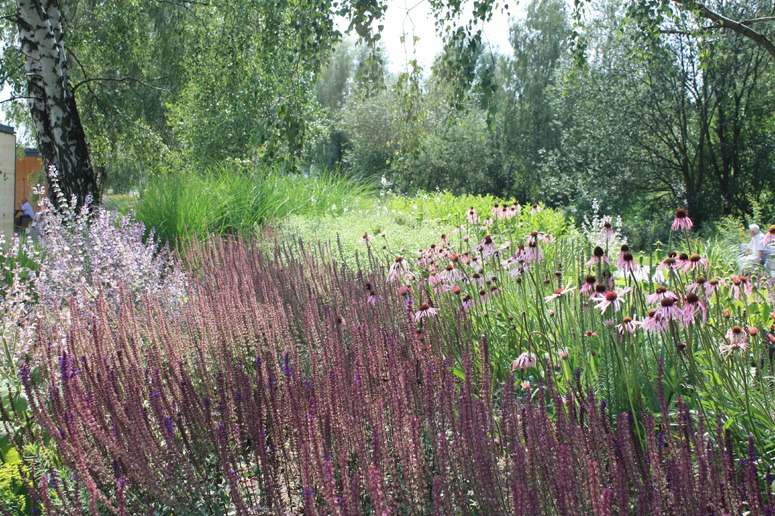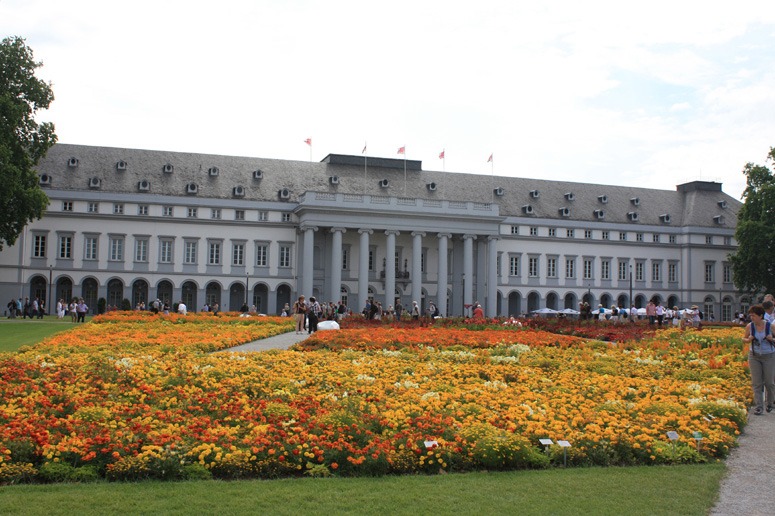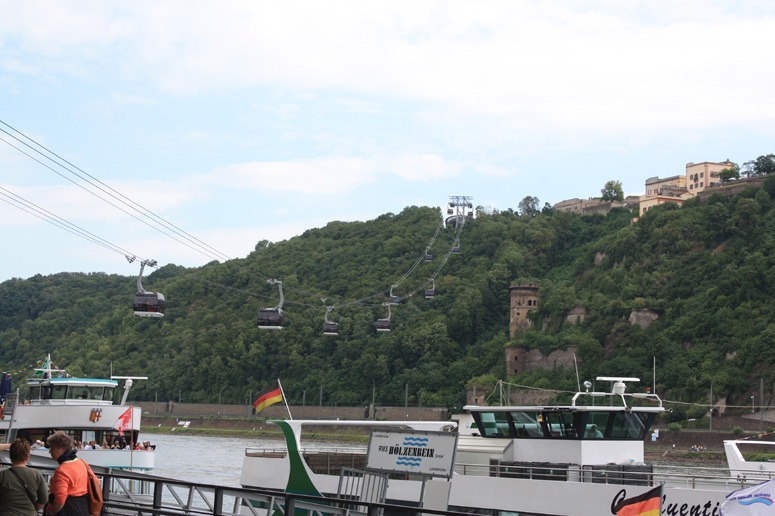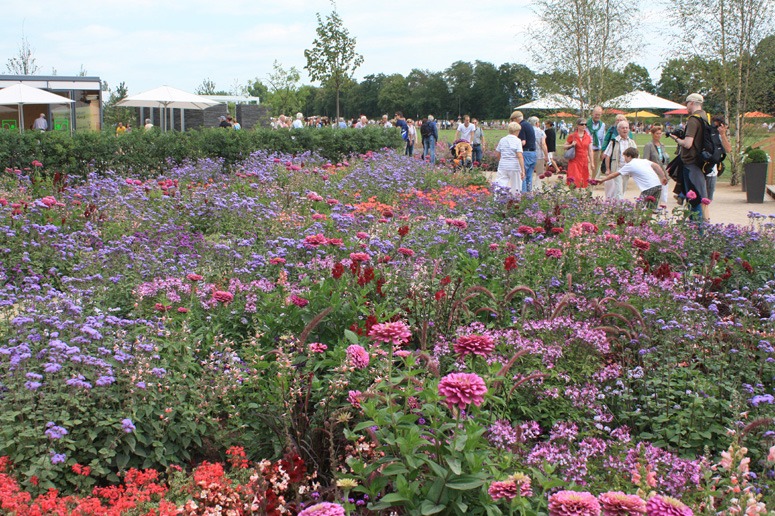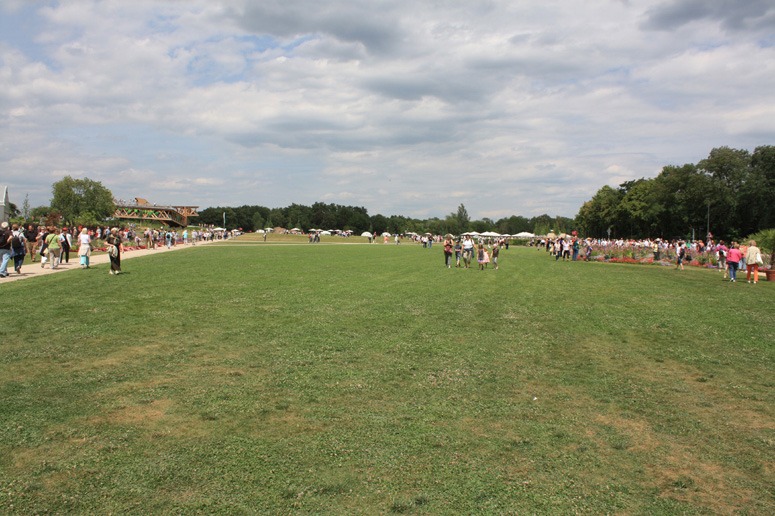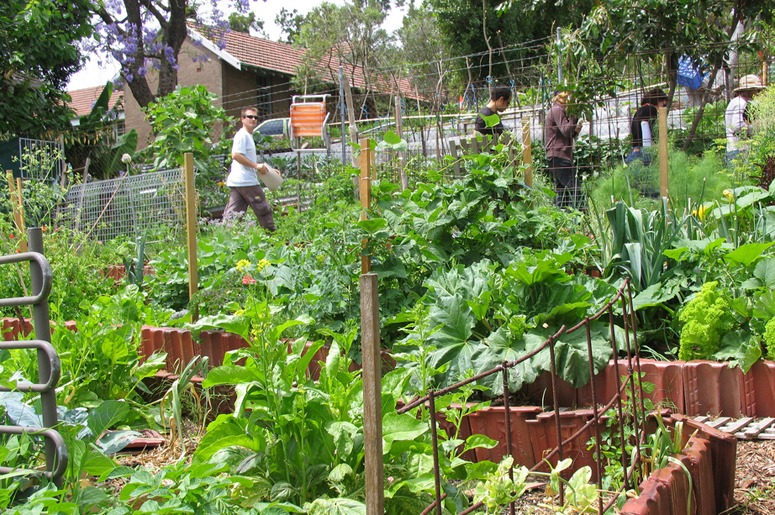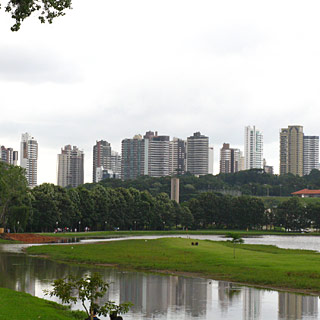This year Germany offers both the County Garden Show in Norderstedt and the National Garden Show in Koblenz. Norderstedt is using the show to unite an old mineral excavation site with an adjacent woodland and grassland to create a new park and Koblenz has renovated an antique military site to parkland and upgraded existing urban open space on three sites on both sides of the Rhine. The competition for the Norderstedt master plan was won by Kiefer Landschaftsarchitekten (Berlin), that for Koblenz by RMP Landschaftsarchitekten (Bonn). Both competitions were run in 2006.
Despite the large difference between the budgets for County and National shows, there is not much to choose between Norderstedt and Koblenz, and I believe that Norderstedt will leave a more substantial legacy behind it after the show. I am told that the renovation of the military site swallowed large amounts of money in Koblenz, and perhaps this is the reason why I judge this National Show to be the dullest I have seen in the 30 years that I have been visiting them. Whereas previous shows offered political comment, experimental design and a cornucopia of exhibits, Koblenz offers as its central attraction a threadbare expanse of grass surrounded by the dullest temporary exhibits, most of a commercial nature. The highlight of the visit is the cable car ride between sites, strung high over the Rhine at the point where the Mosel joins it – but this is also a temporary installation which will be dismantled when the show closes in autumn. Norderstedt leads the way when it comes to the technicalities of ground modelling, offering crisp and sculptural soft detailing and beautiful flowering meadows.
Both shows continue the trend of an emphasis on horticultural excellence. German plant designers are at the top of the range when it comes to herbaceous perennials, carpet bedding and the contemporary combinations of the two and they are certainly putting the Garden back into Garden Shows. Unfortunately, this does seem to be happening at the expense of the inspirational designs that were such a characteristic of past shows, particularly those that took place in the 1980s, the golden financial years before reunification.

